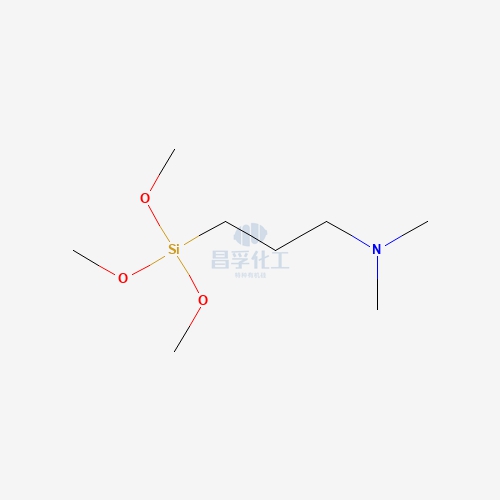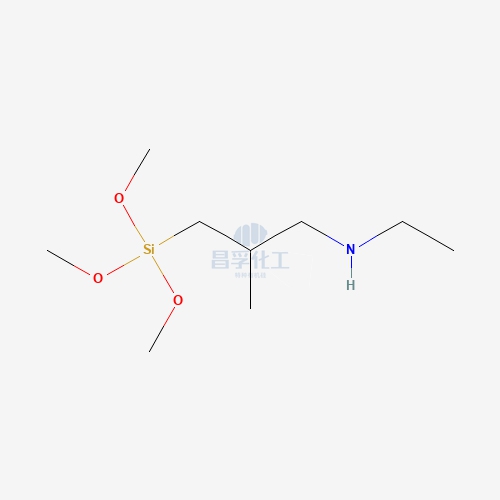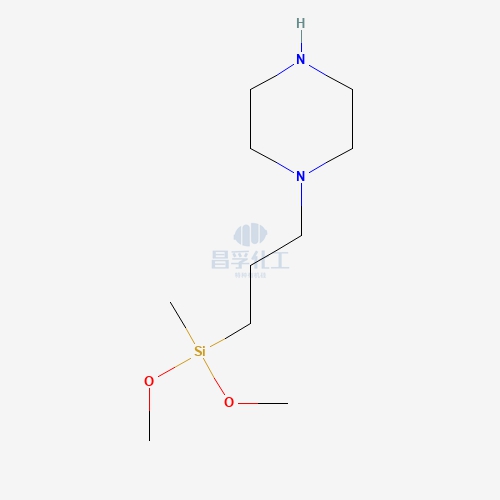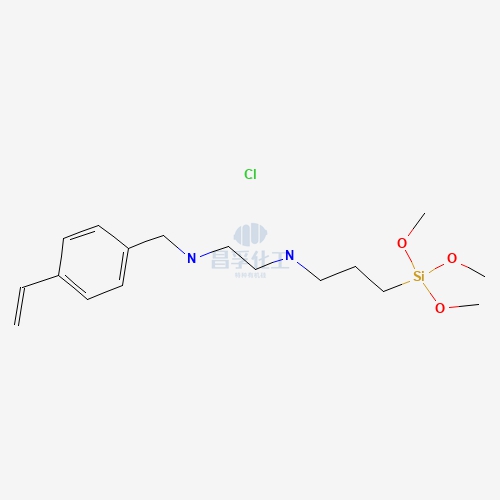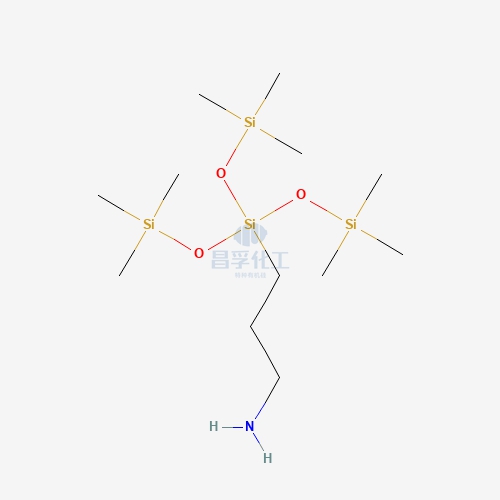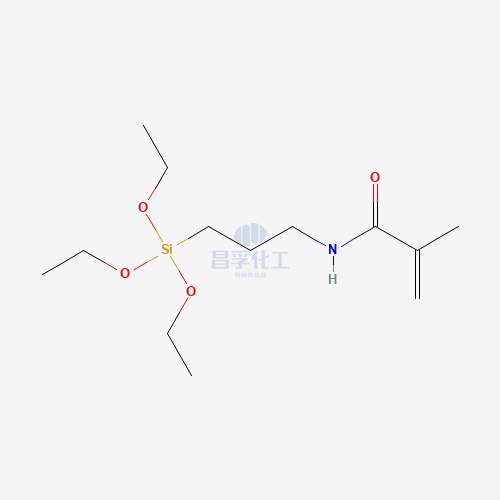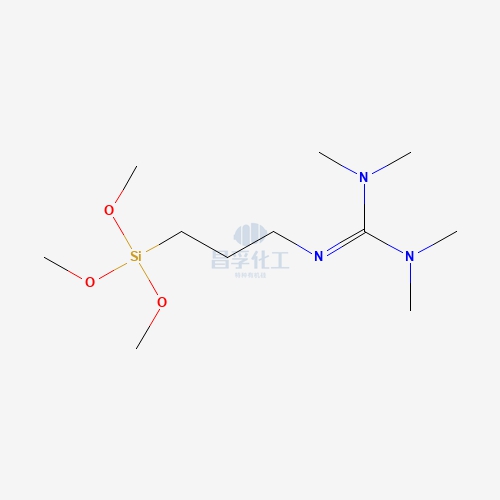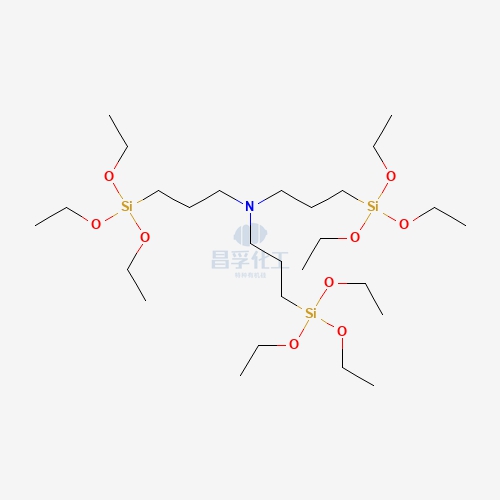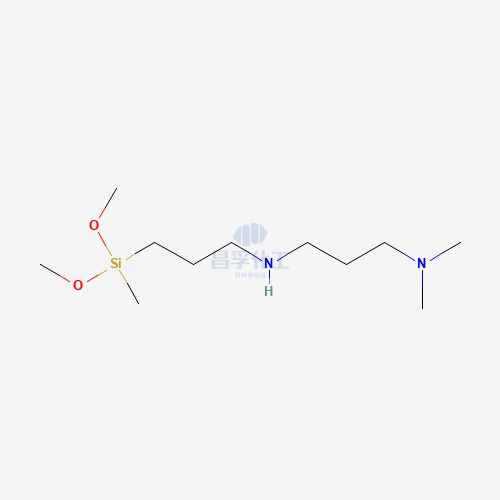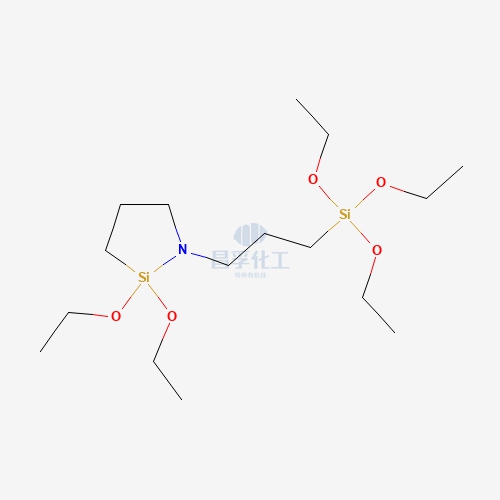
Contact Changfu Chemical Now!
+86 27 8439 6550 | +86 181 6277 0058
Understanding Amino Silane Coupling Agents: A Focus on Aminoethylaminopropyltrimethoxysilane
What are Amino Silane Coupling Agents?
Aminosilane coupling agents are a subset of silane compounds that contain amino functional groups. They are primarily used to enhance adhesion between materials that do not naturally bond well, such as polymers and glass or metal surfaces. The coupling agents create a chemical bridge between the two surfaces, promoting stronger bonds and improved overall material performance.
Key Functions of Amino Silane Coupling Agents
- Improved Adhesion: They facilitate better adhesion between substrates, particularly in composite materials.
- Surface Modification: These agents modify surface properties, enhancing wettability and reducing surface tension.
- Corrosion Resistance: Amino silanes can provide protective layers that help prevent corrosion in metal applications.
What is Aminoethylaminopropyltrimethoxysilane?
Aminoethylaminopropyltrimethoxysilane, often abbreviated as AETMS, is a versatile aminosilane coupling agent. It combines the properties of an amino group with a silane structure, making it effective for various applications.
Chemical Structure and Properties
AETMS has the following structural features:
- Amino Groups: The presence of multiple amino groups allows for enhanced interaction with various substrates, leading to improved bonding and adhesion.
- Trimethoxysilane Backbone: The silane component enables the formation of siloxane bonds with inorganic surfaces, such as glass or metals.
Properties of Aminoethylaminopropyltrimethoxysilane
- High Reactivity: AETMS is highly reactive, making it effective in promoting adhesion.
- Compatibility: It is compatible with a wide range of organic and inorganic materials.
- Water Resistance: AETMS enhances water resistance in treated surfaces, making it suitable for outdoor applications.
Applications of Amino Silane Coupling Agents
Aminosilane coupling agents, including AETMS, are employed across various industries due to their effectiveness in improving adhesion and enhancing material properties.
1. Coatings and Paints
AETMS is widely used in the formulation of paints and coatings. It improves the adhesion of the coating to the substrate, enhances durability, and increases resistance to weathering. This is particularly beneficial in outdoor applications where exposure to moisture and UV light is a concern.
2. Adhesives and Sealants
In adhesive formulations, AETMS enhances the bonding strength between dissimilar materials. This is crucial in industries such as automotive and construction, where strong, durable bonds are essential for safety and performance.
3. Composite Materials
Amino silane coupling agents are integral to the production of composite materials. AETMS helps to bond polymer matrices to inorganic fillers, improving the mechanical properties and overall performance of the composites.
4. Textiles
In textile applications, AETMS can be used to modify the surfaces of fibers, enhancing their affinity for dyes and improving overall colorfastness.
5. Electronics
In the electronics industry, AETMS is used to improve the adhesion of coatings on semiconductor materials and components, enhancing performance and reliability.
Benefits of Using Amino Silane Coupling Agents
The incorporation of amino silane coupling agents like AETMS in various applications offers several benefits:
- Enhanced Adhesion: AETMS significantly improves the bond strength between different materials, ensuring long-lasting performance.
- Improved Durability: Coatings and adhesives formulated with AETMS exhibit increased resistance to environmental factors, extending the lifespan of products.
- Versatility: AETMS can be used across diverse industries, making it a valuable asset in material formulation.
Conclusion
Amino silane coupling agents, particularly 3 2 aminoethyl aminopropyl trimethoxysilane, play a vital role in enhancing material performance across various applications. Their ability to improve adhesion, modify surface properties, and increase durability makes them essential in industries ranging from coatings and adhesives to textiles and electronics. As the demand for advanced materials continues to grow, the importance of amino silane coupling agents will undoubtedly increase, paving the way for innovative applications and improved product performance.
FAQs
-
What are the main uses of amino silane coupling agents?
- They are used in coatings, adhesives, composite materials, textiles, and electronics to improve adhesion and durability.
-
What makes aminoethylaminopropyltrimethoxysilane unique?
- Its multiple amino groups enhance bonding capabilities, while its silane structure allows for effective adhesion to inorganic surfaces.
-
Are amino silane coupling agents environmentally friendly?
- Many silane coupling agents are designed to minimize environmental impact, but proper handling and usage guidelines should be followed.
-
Can AETMS be used in water-based formulations?
- Yes, AETMS is compatible with various formulations, including water-based systems, enhancing adhesion and durability.
-
What industries benefit most from amino silane coupling agents?
- Key industries include automotive, construction, electronics, textiles, and coatings, where strong adhesion and durability are critical.
-
How do amino silane coupling agents improve composite materials?
- They enhance the bonding between polymer matrices and inorganic fillers, improving the mechanical properties of composites.
Popular Silicon Compounds
Popular Silicon Compounds
Related News & Blog
Related News & Blog


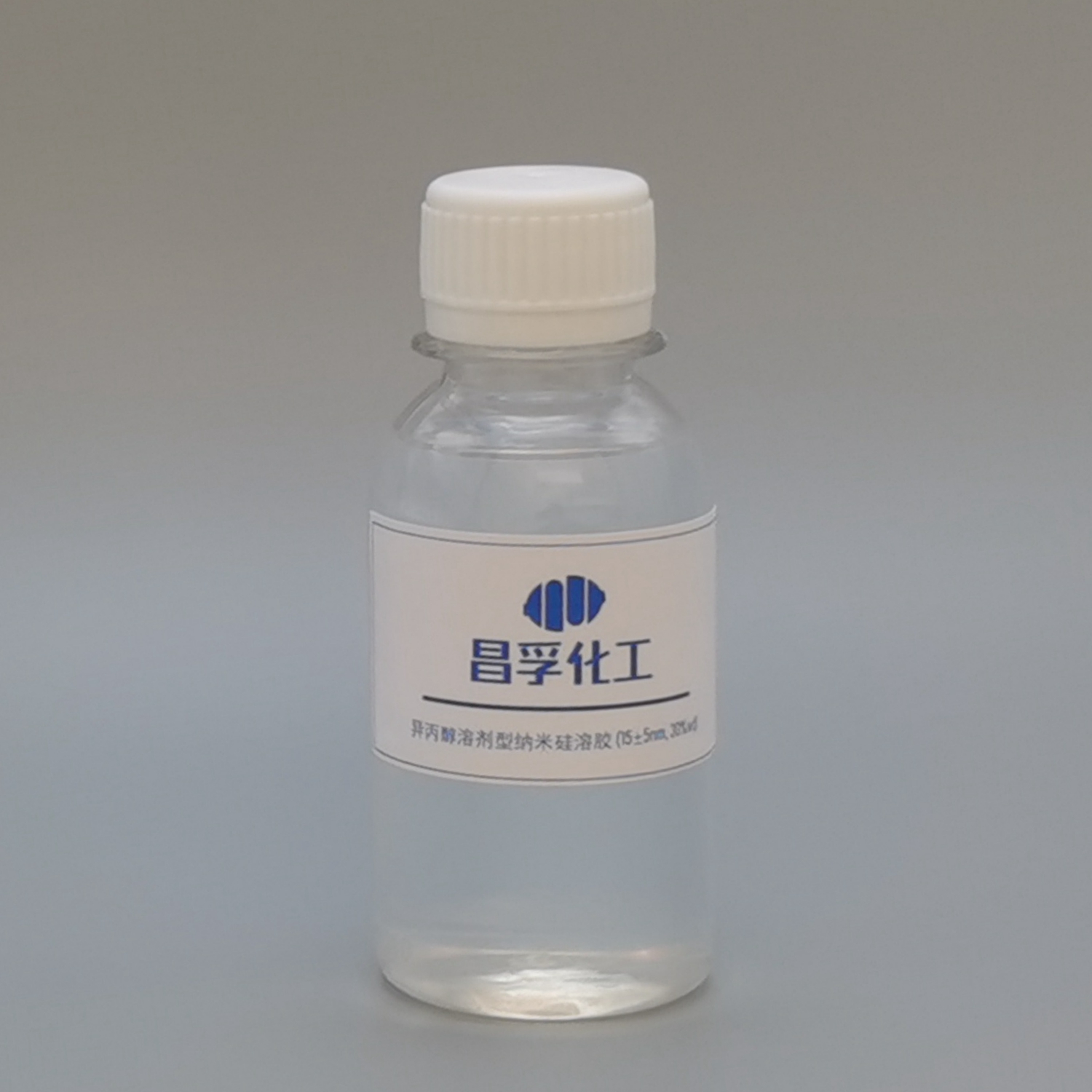
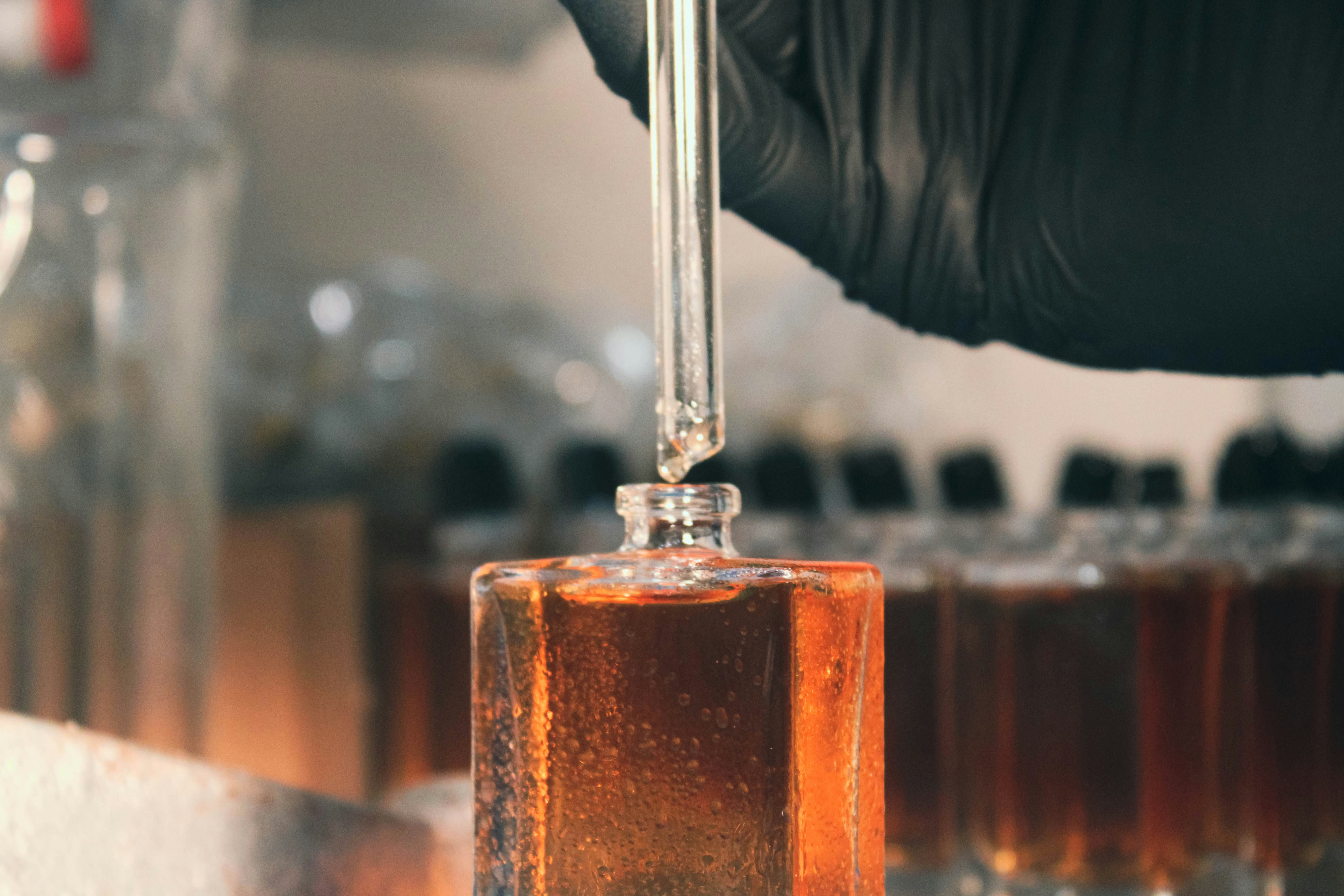
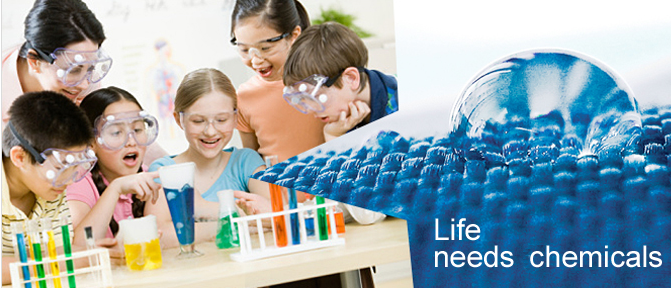
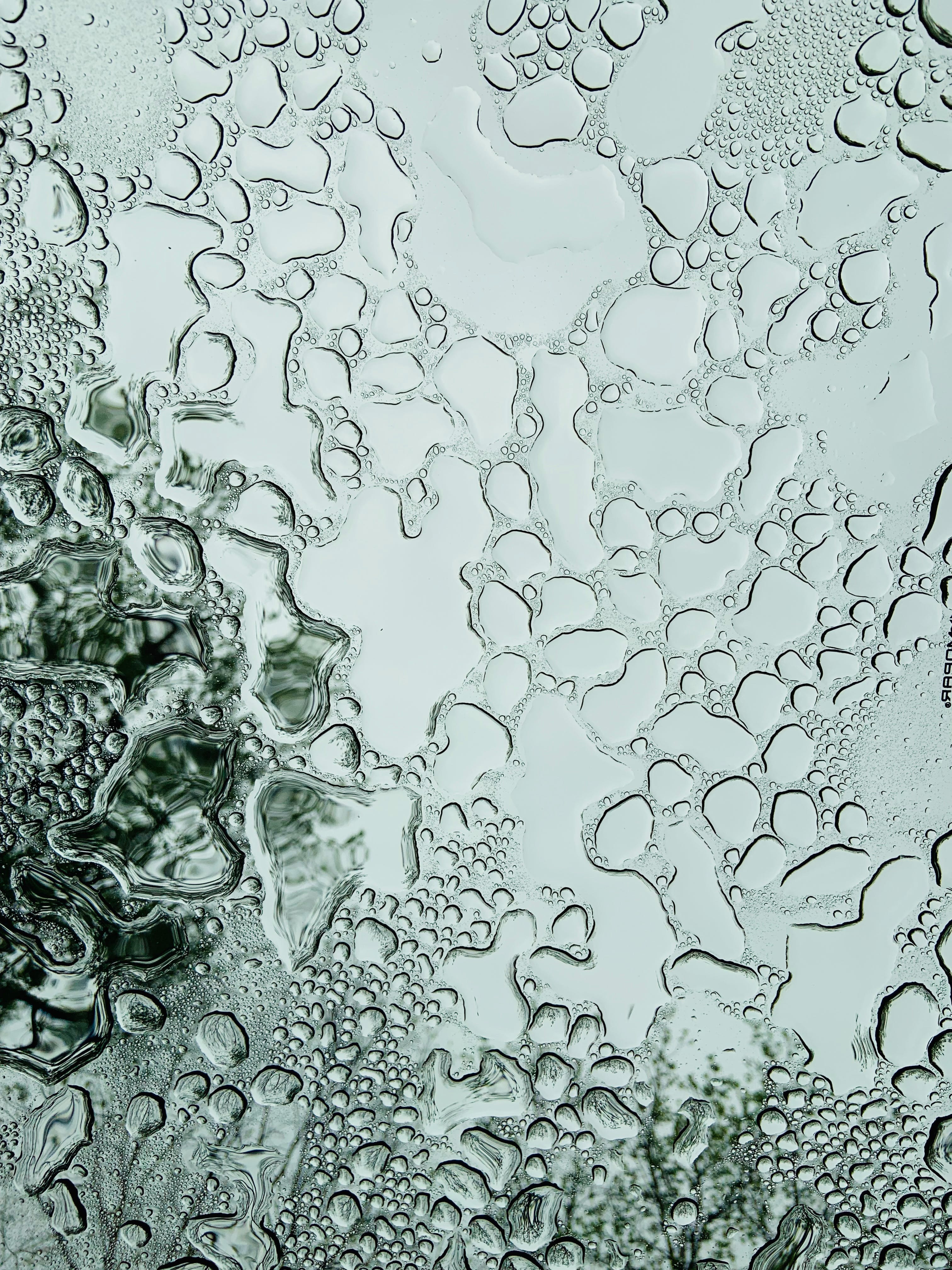





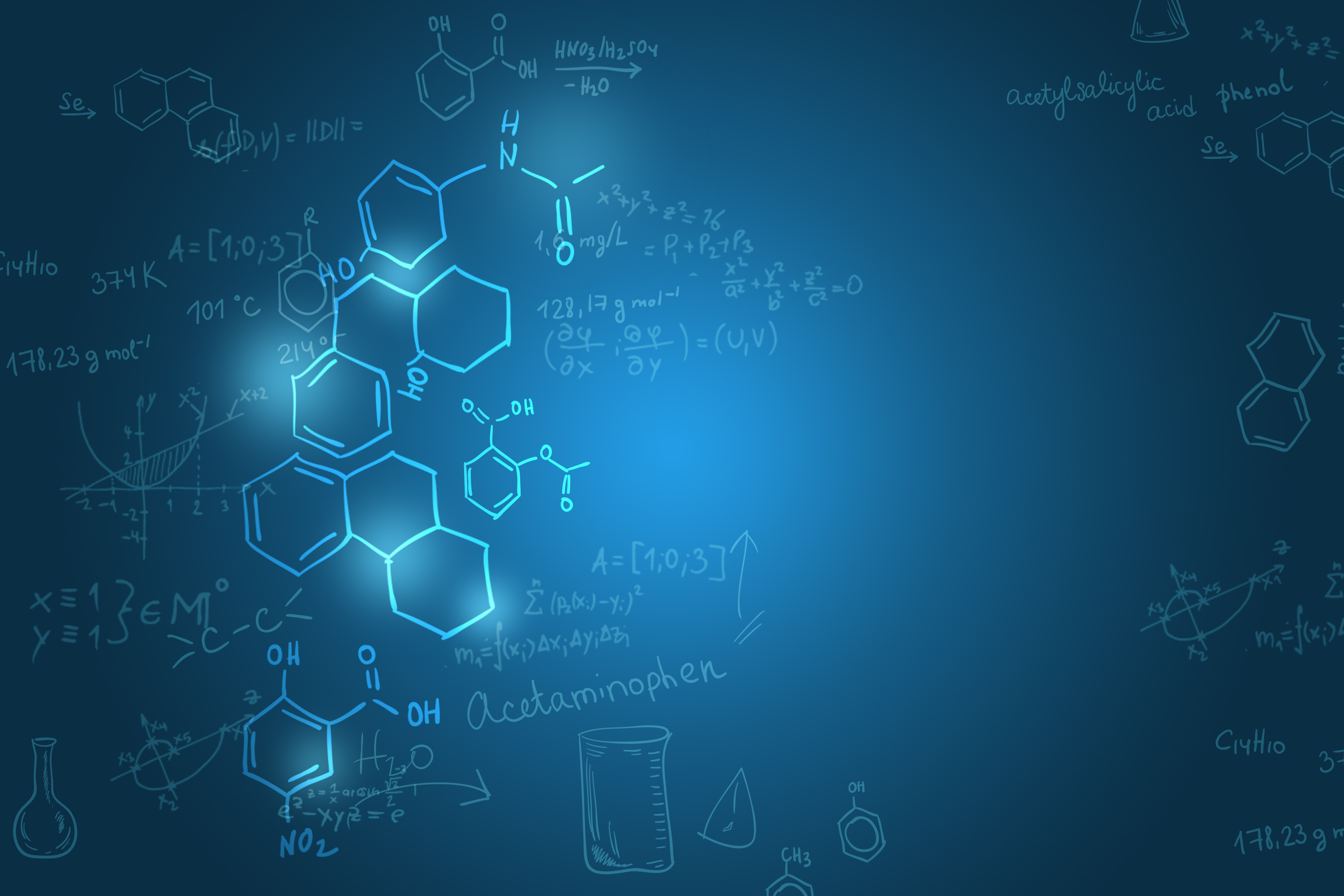
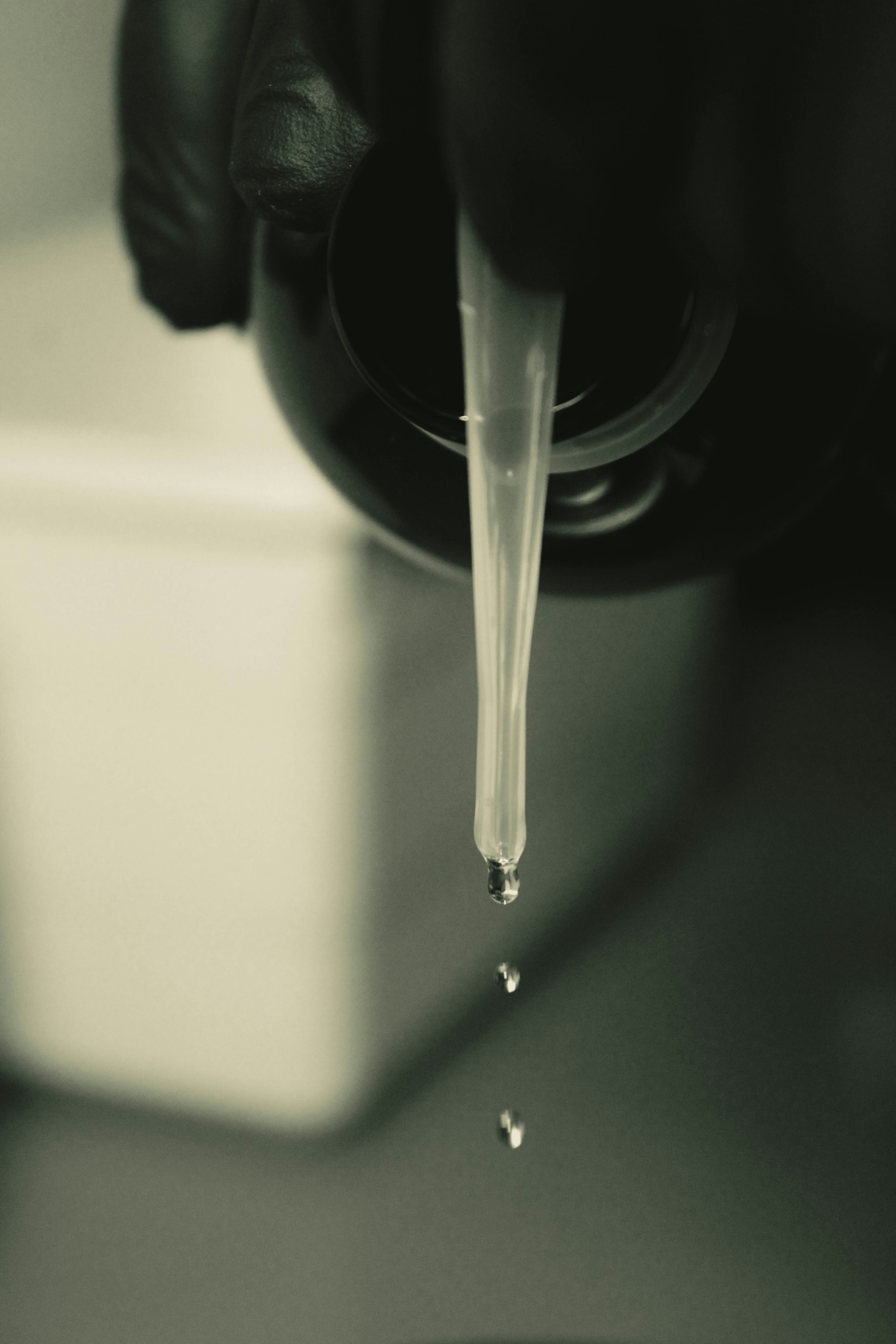
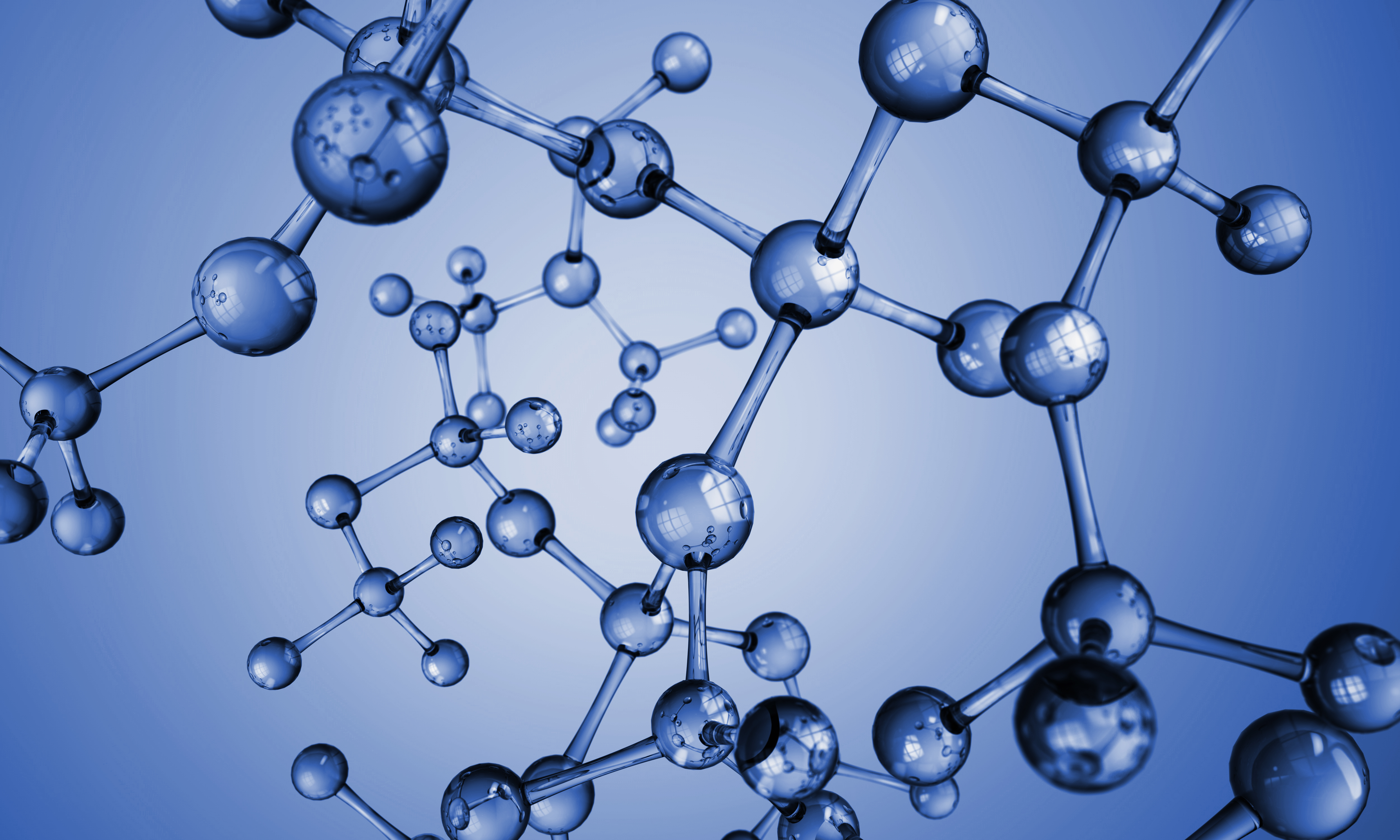










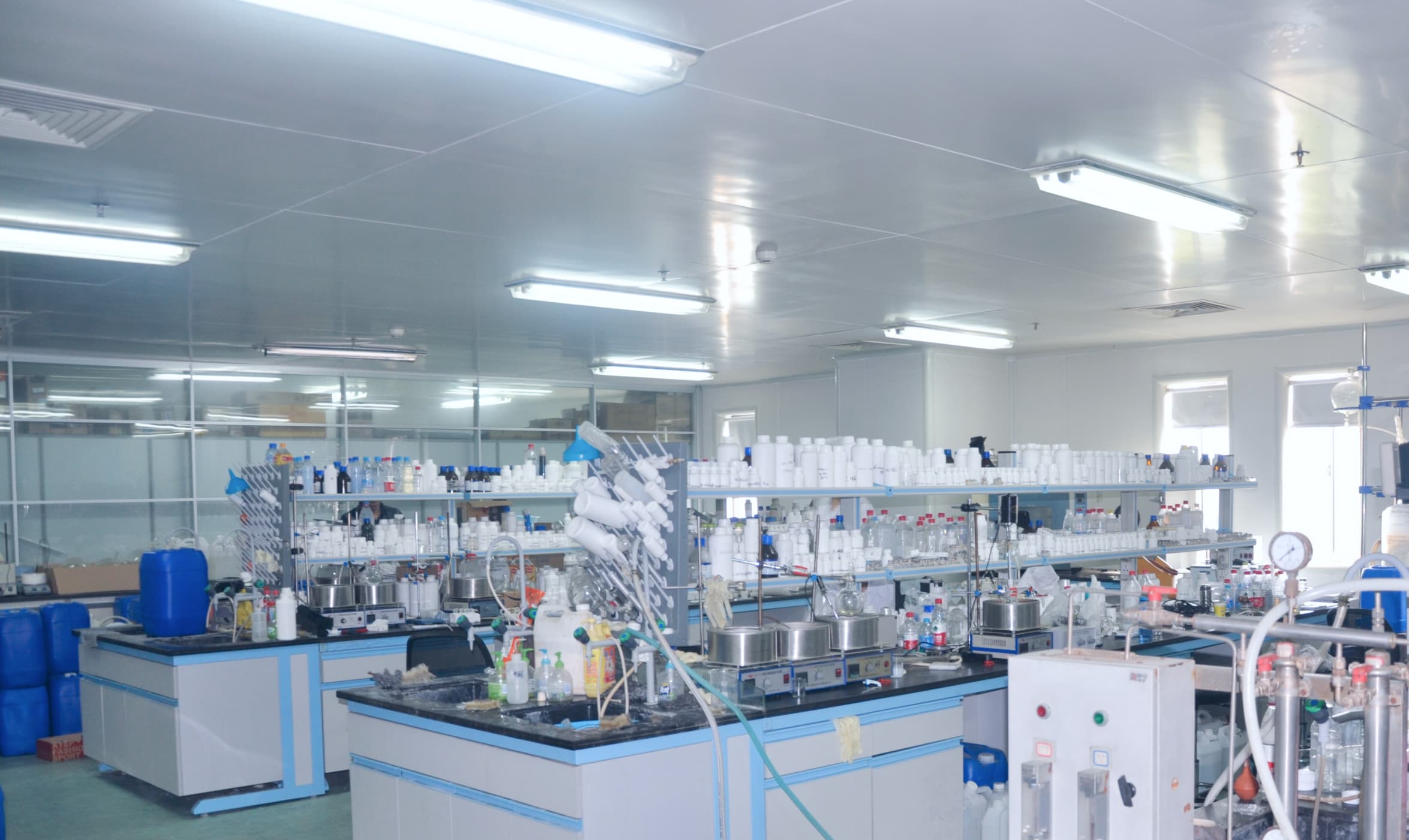


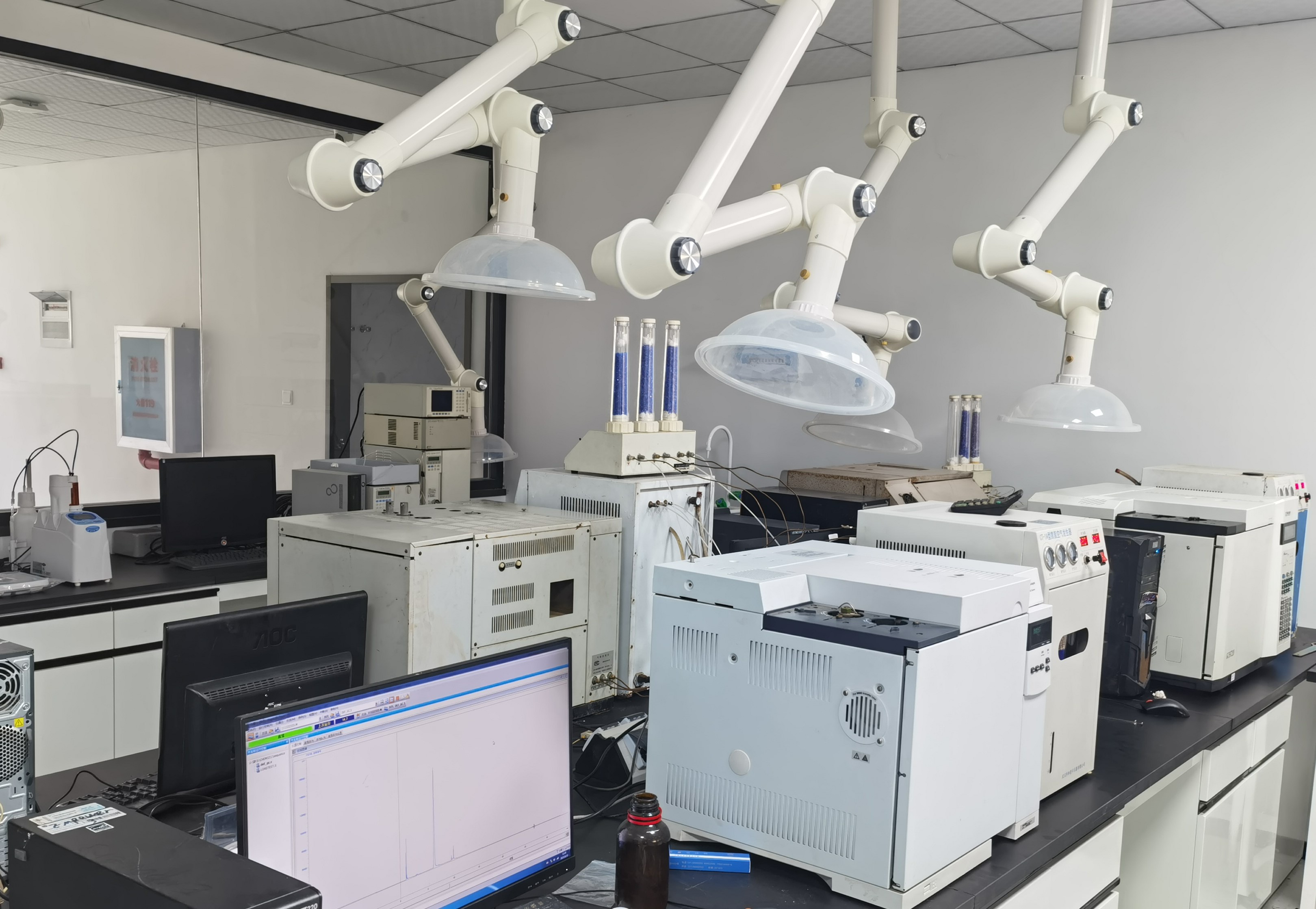
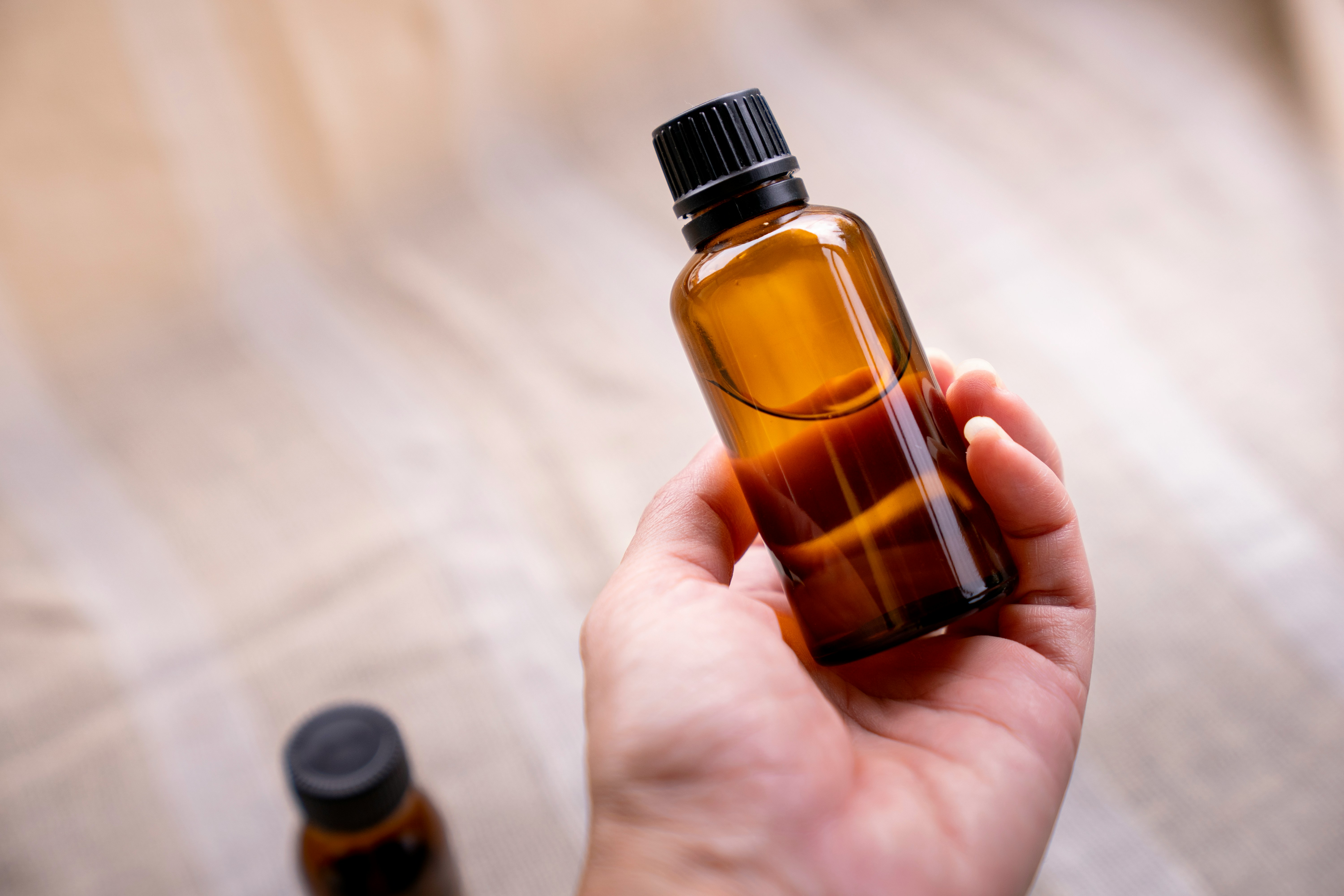
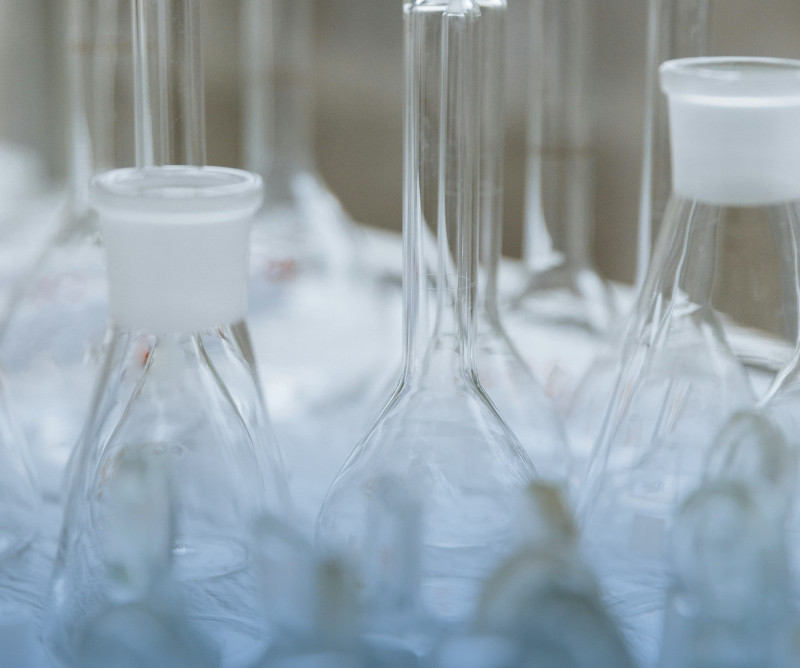

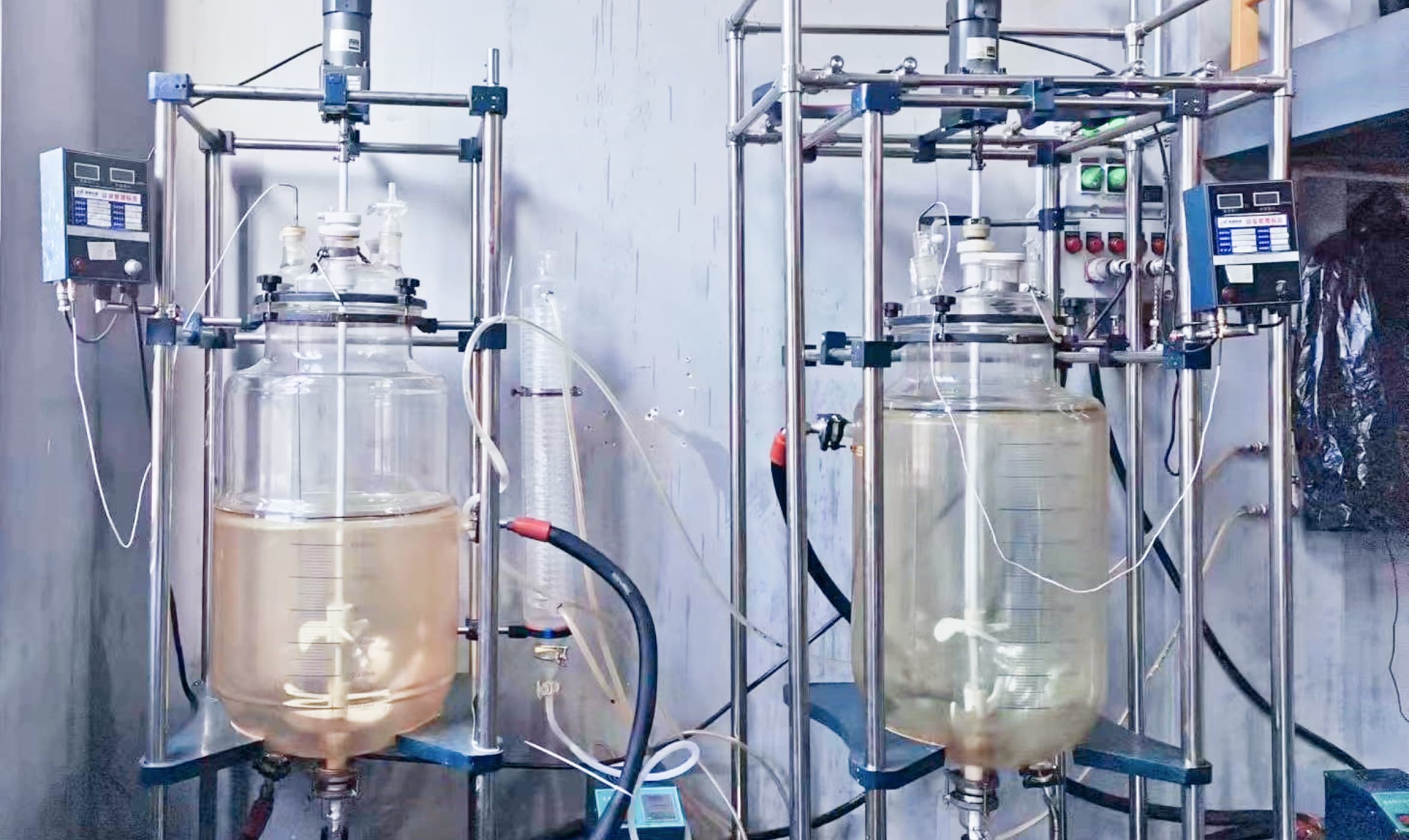
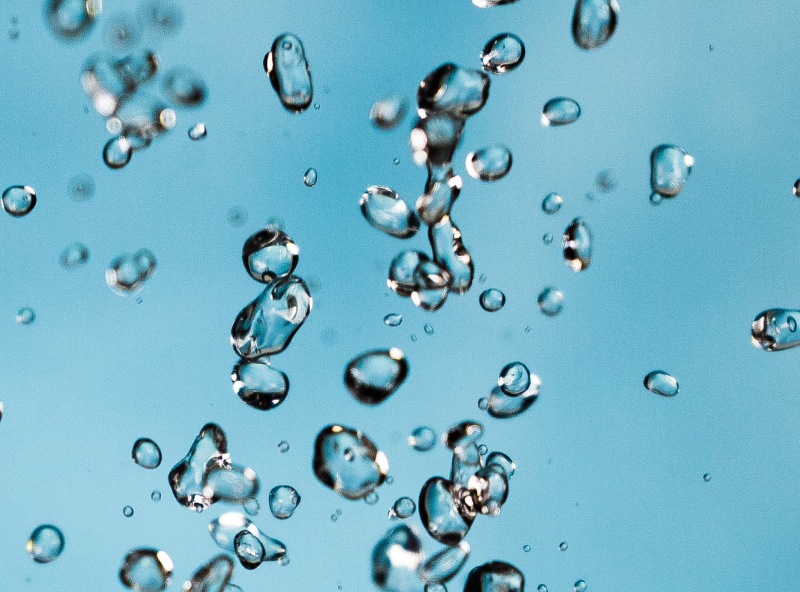


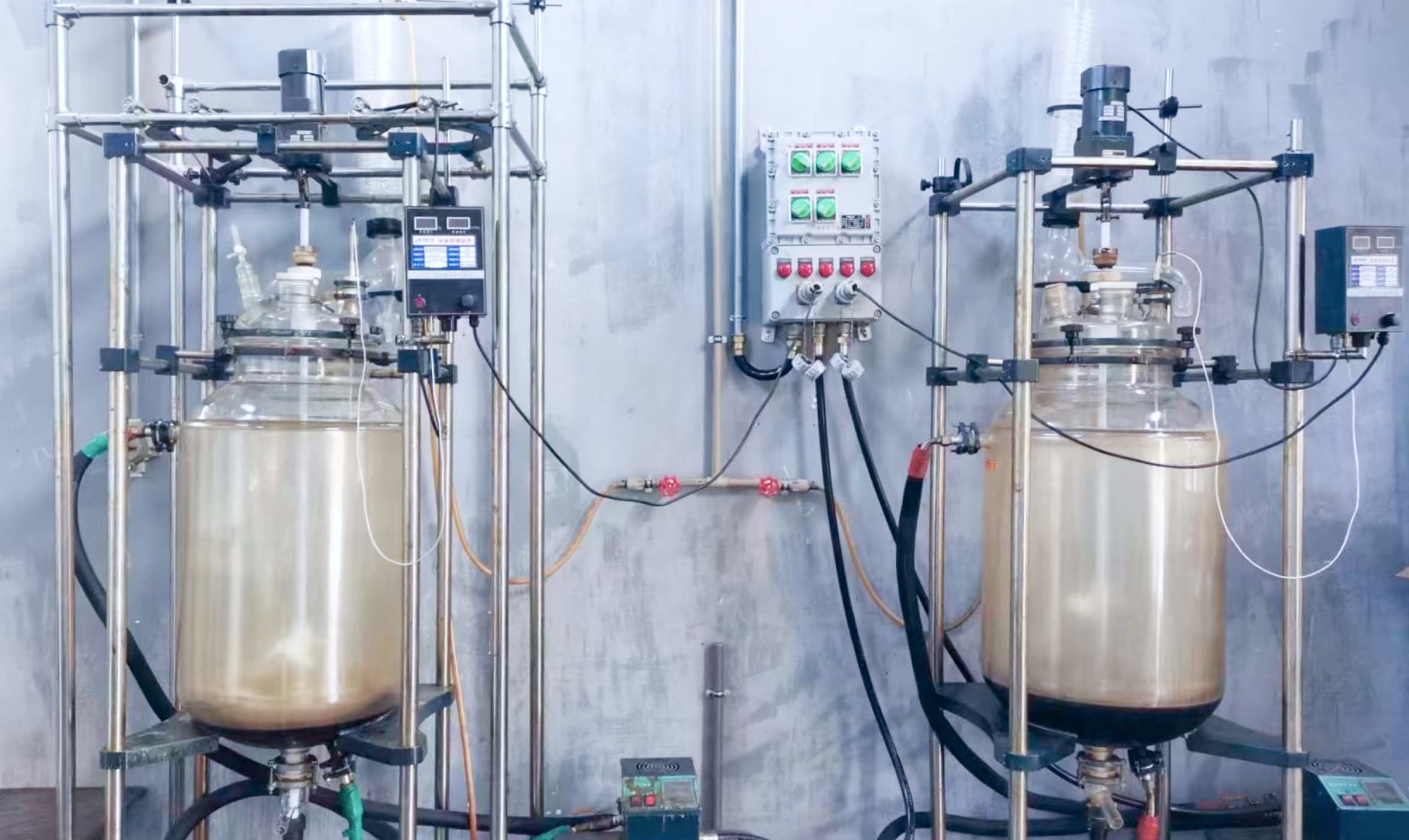
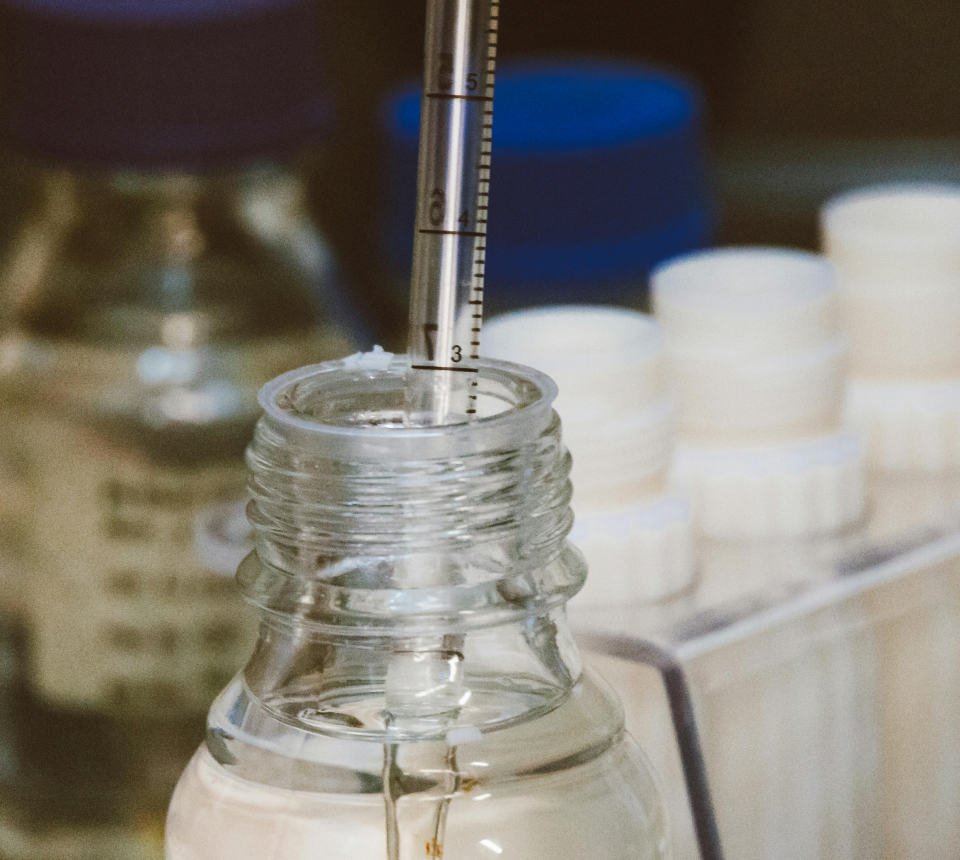


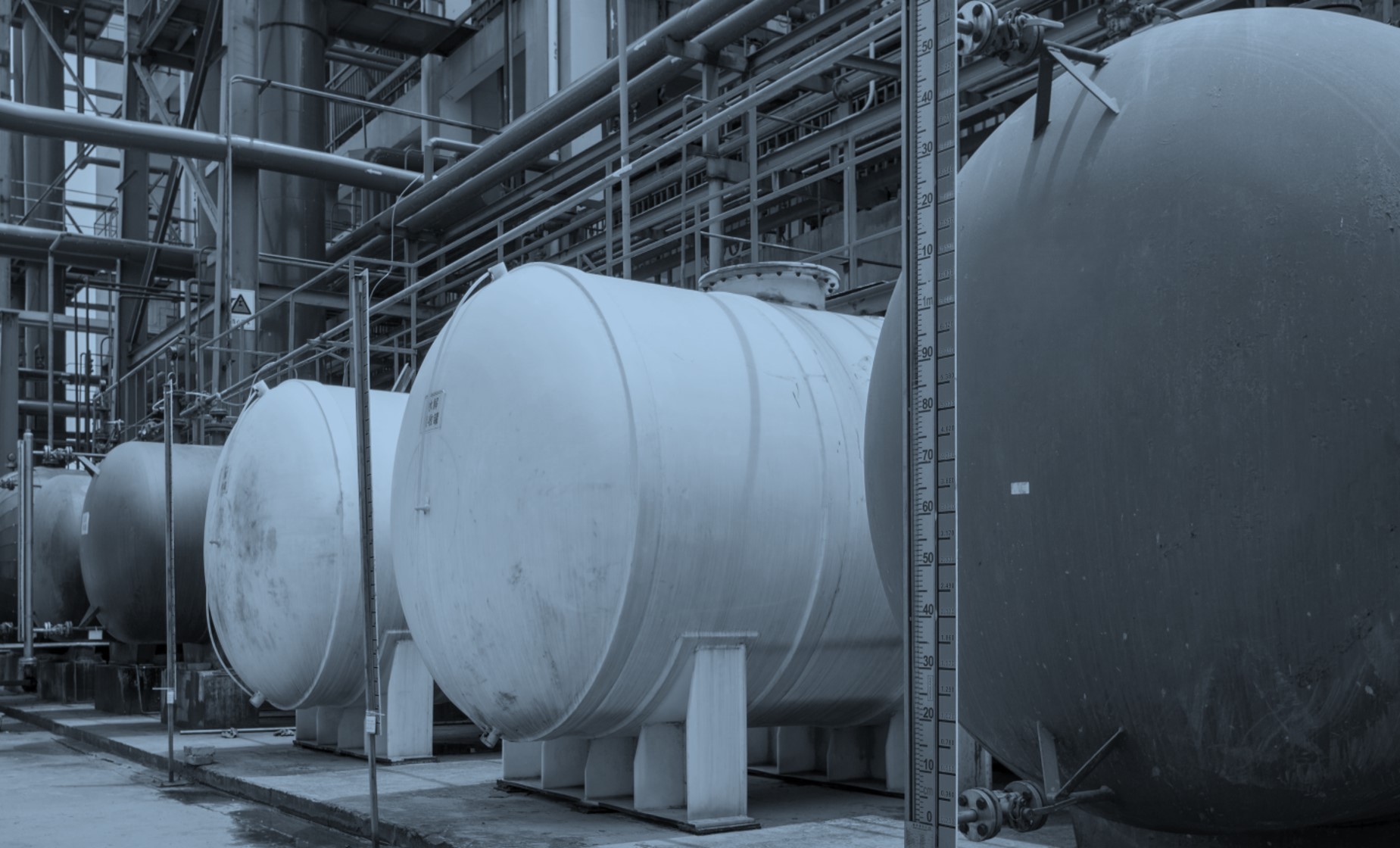


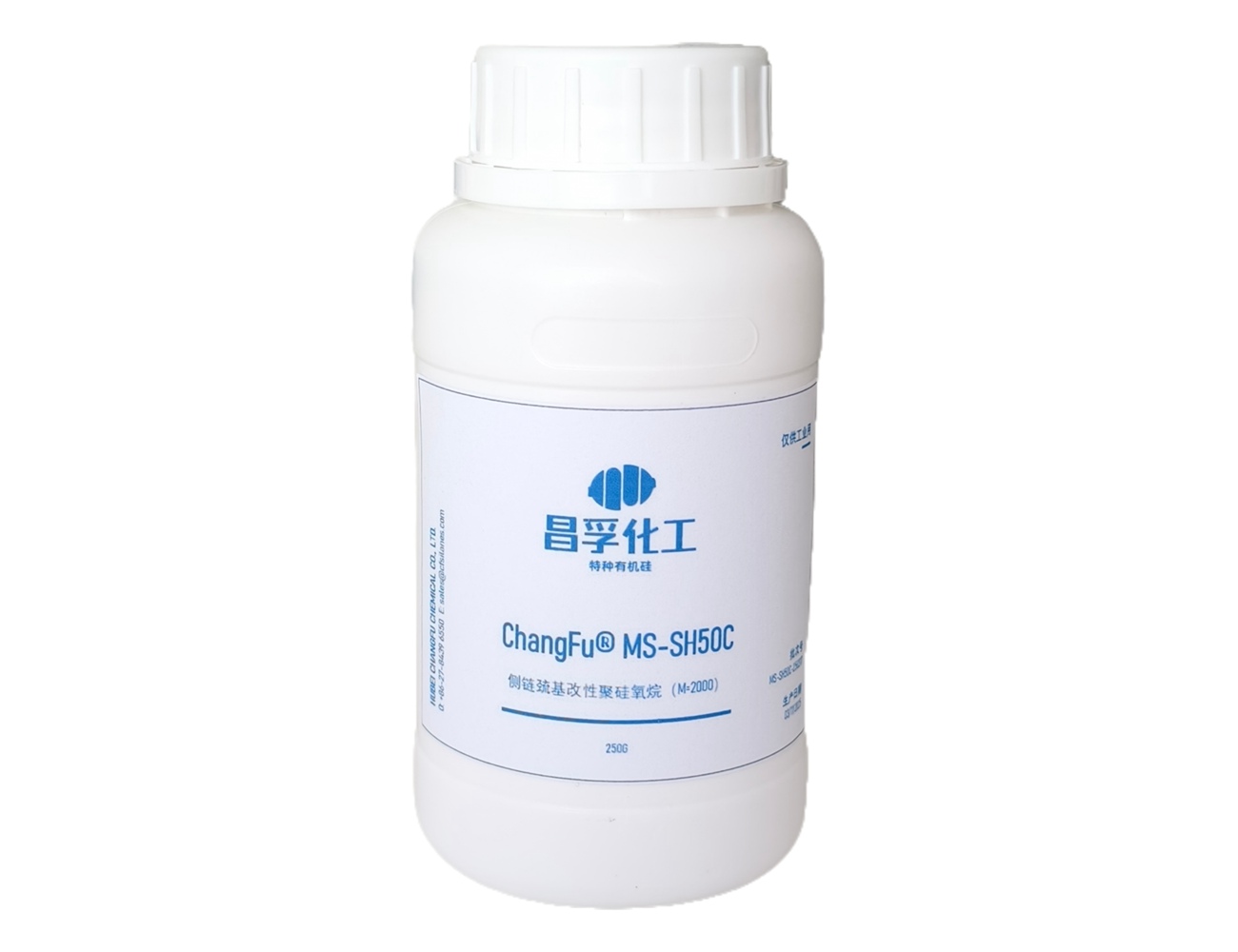



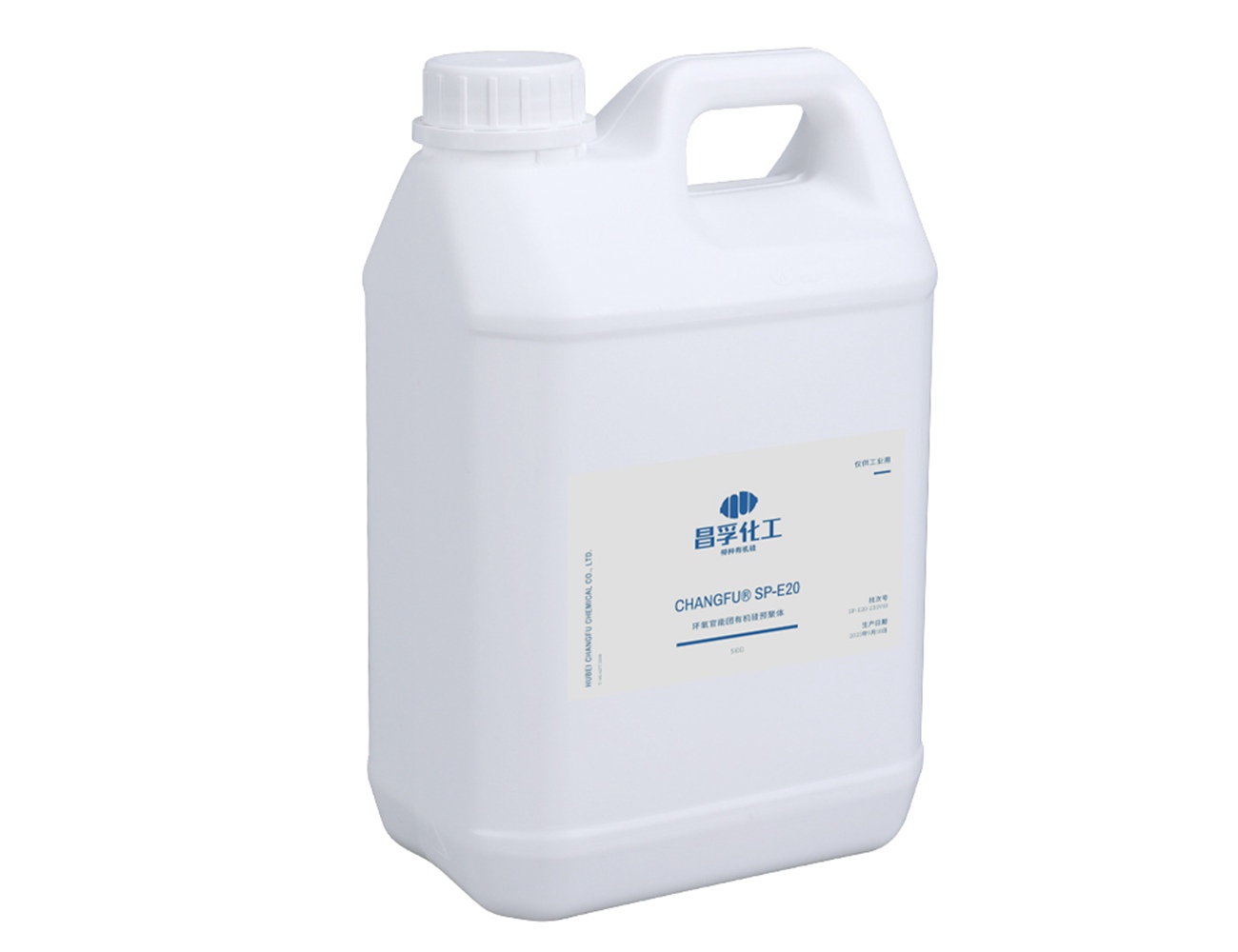
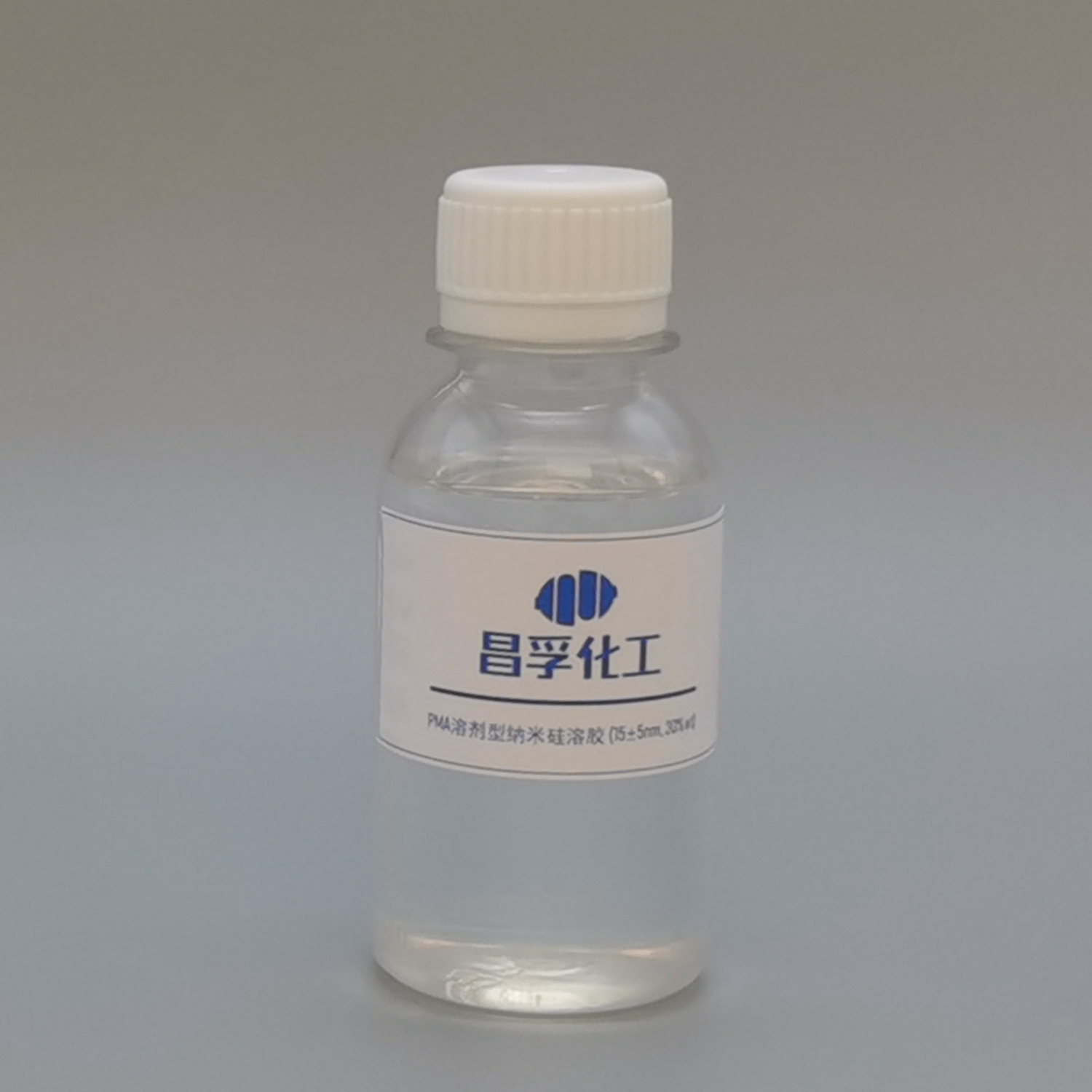
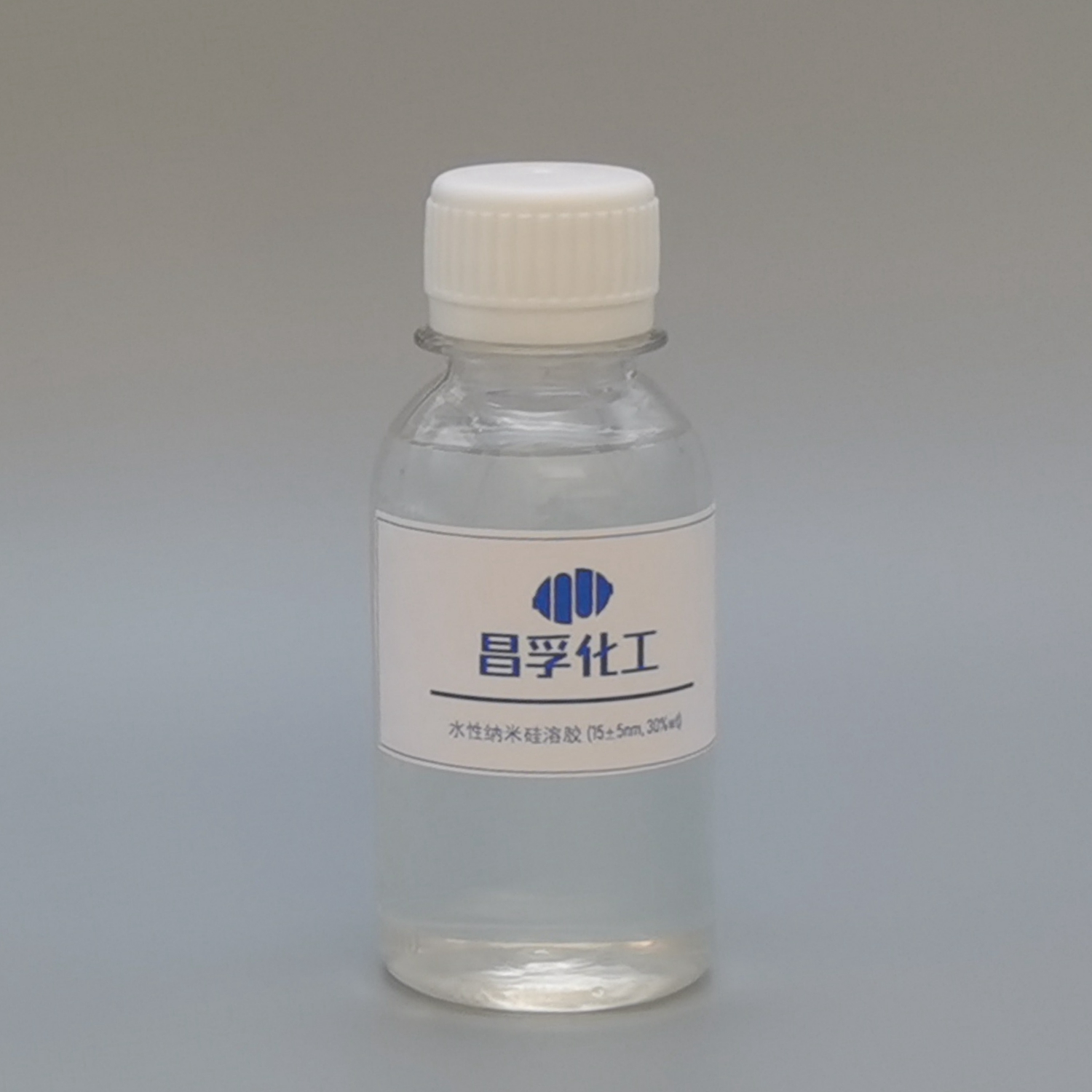

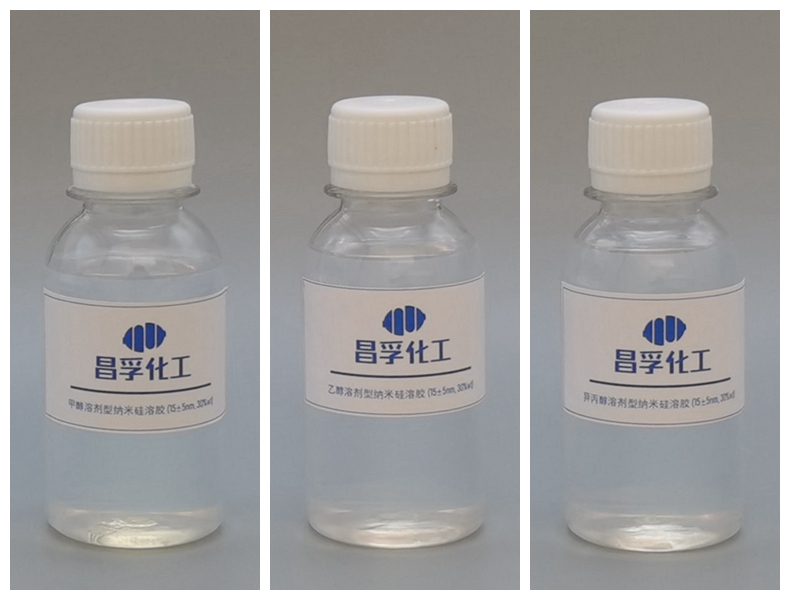
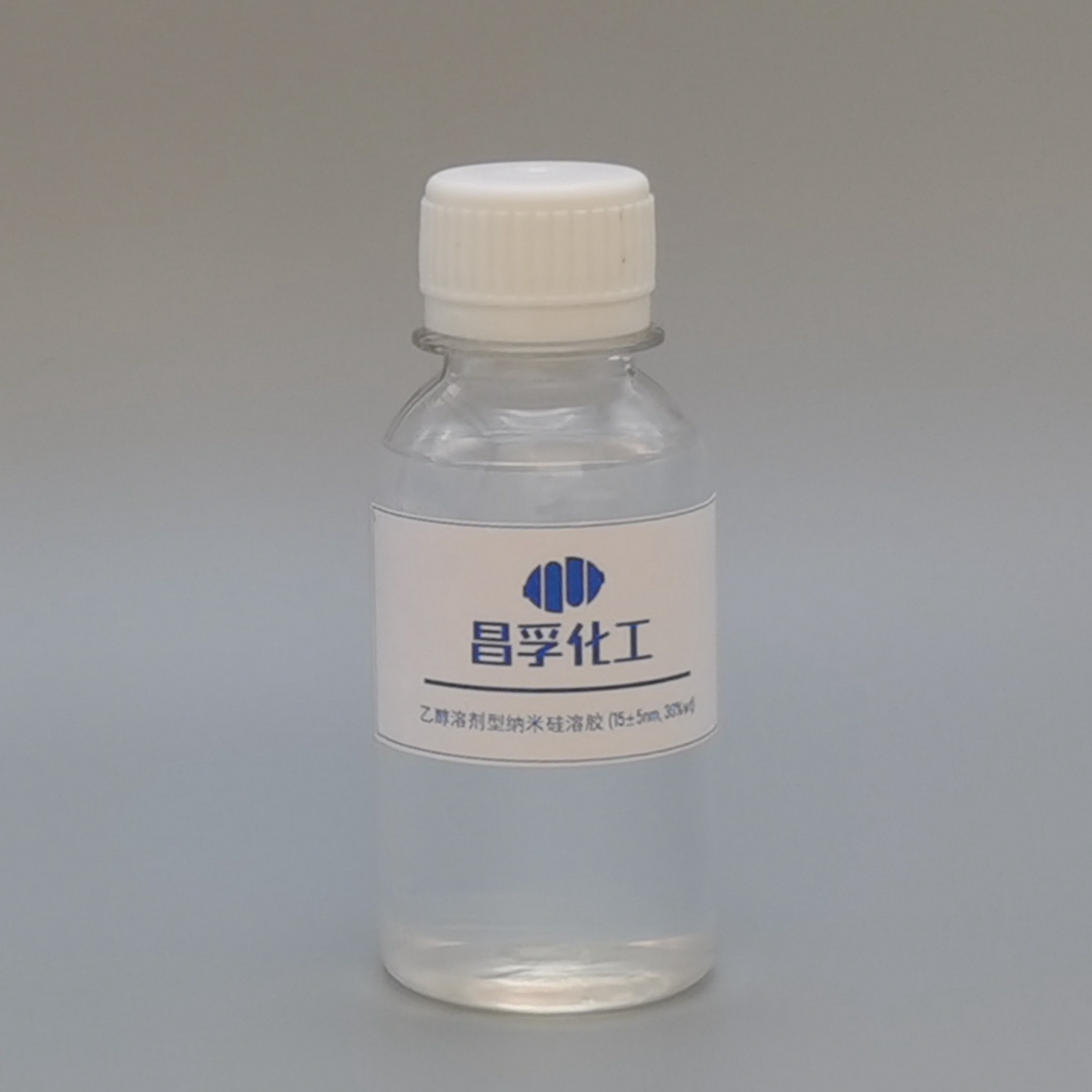
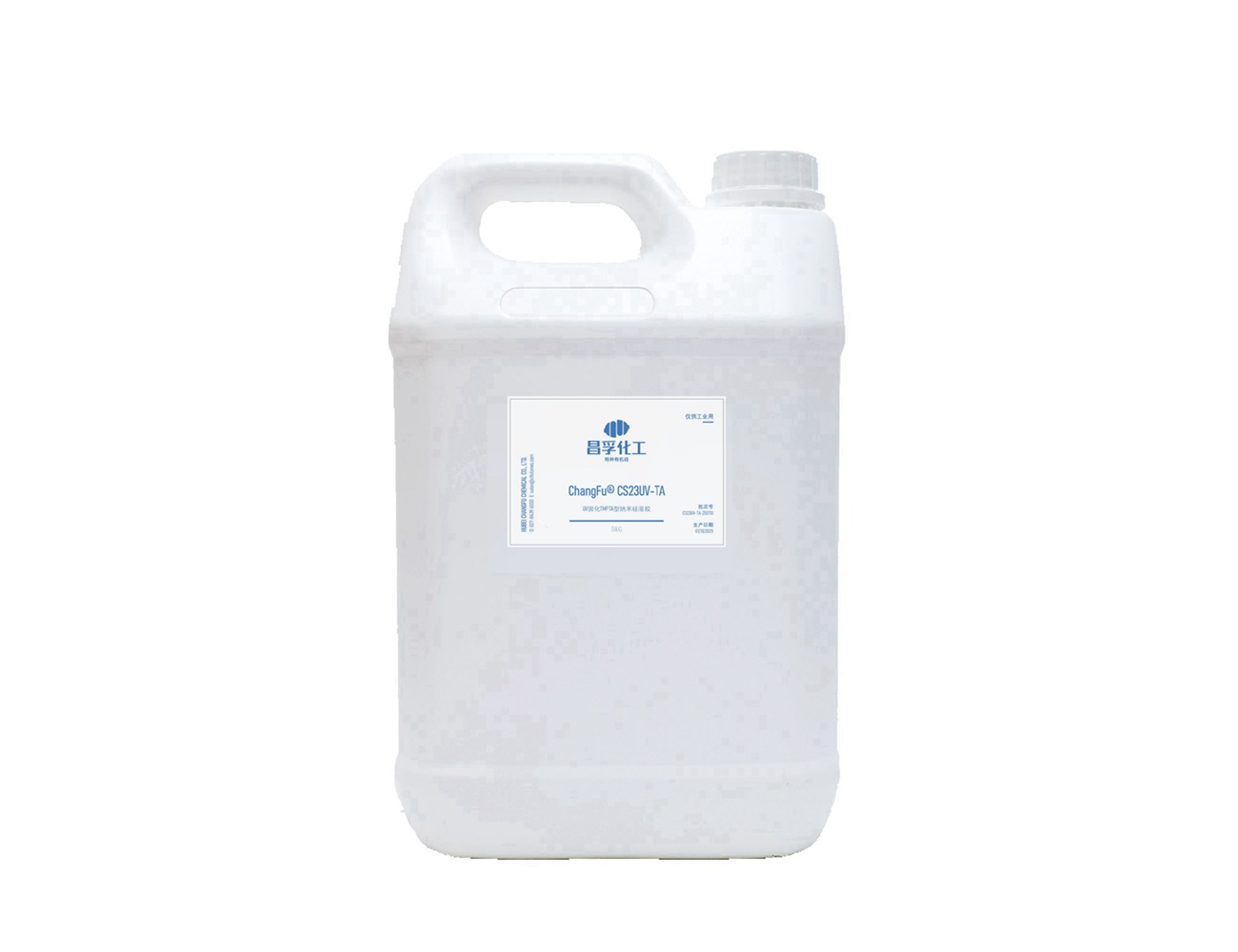
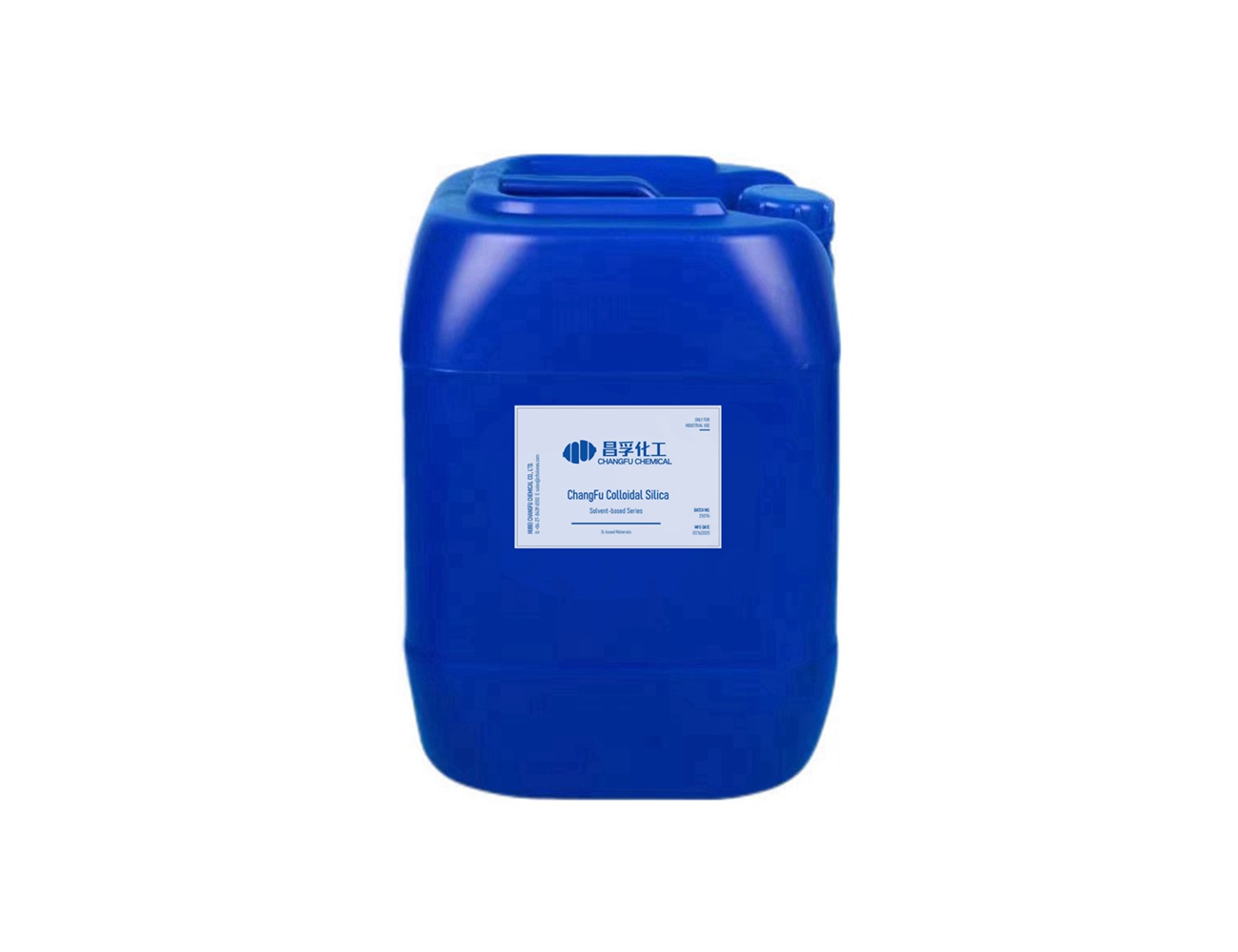


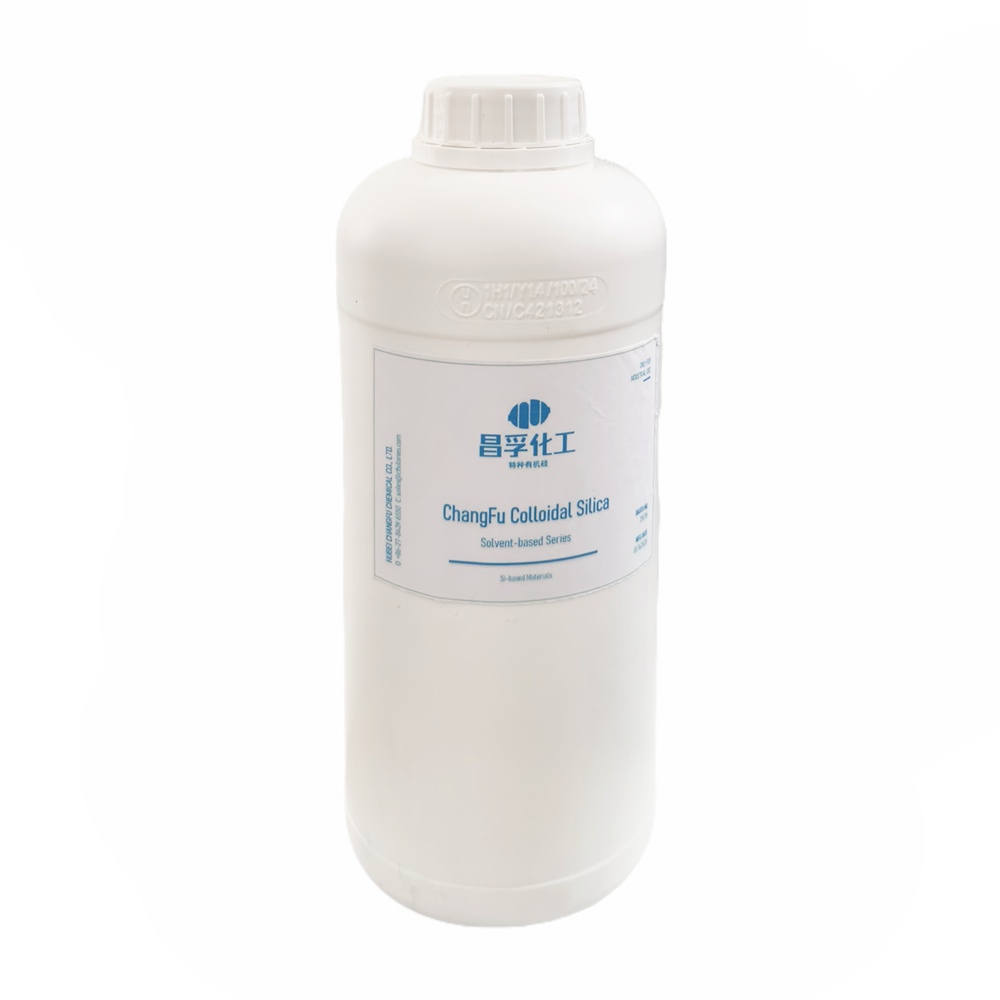


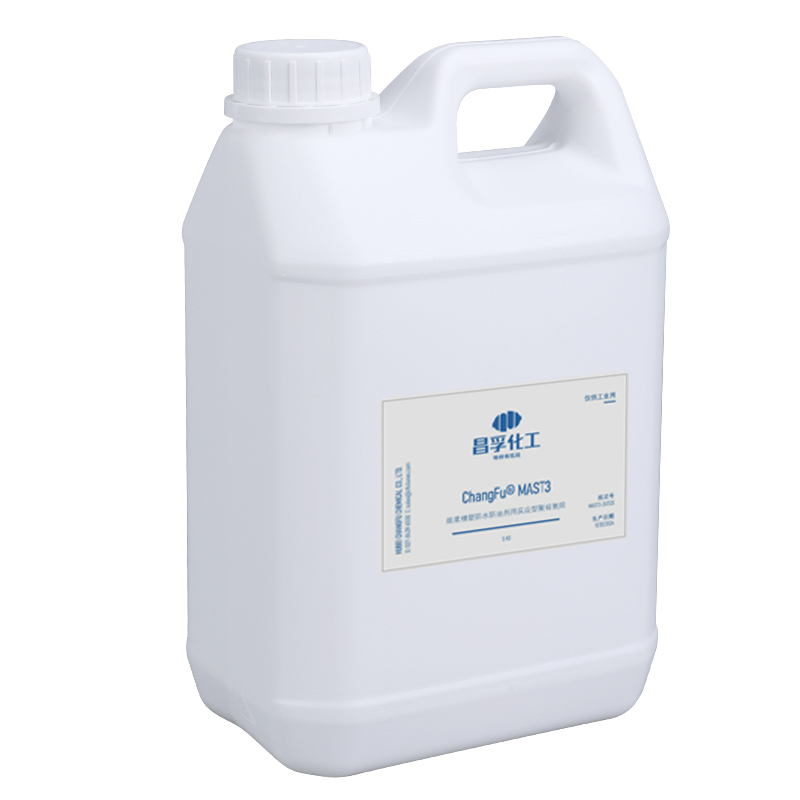





































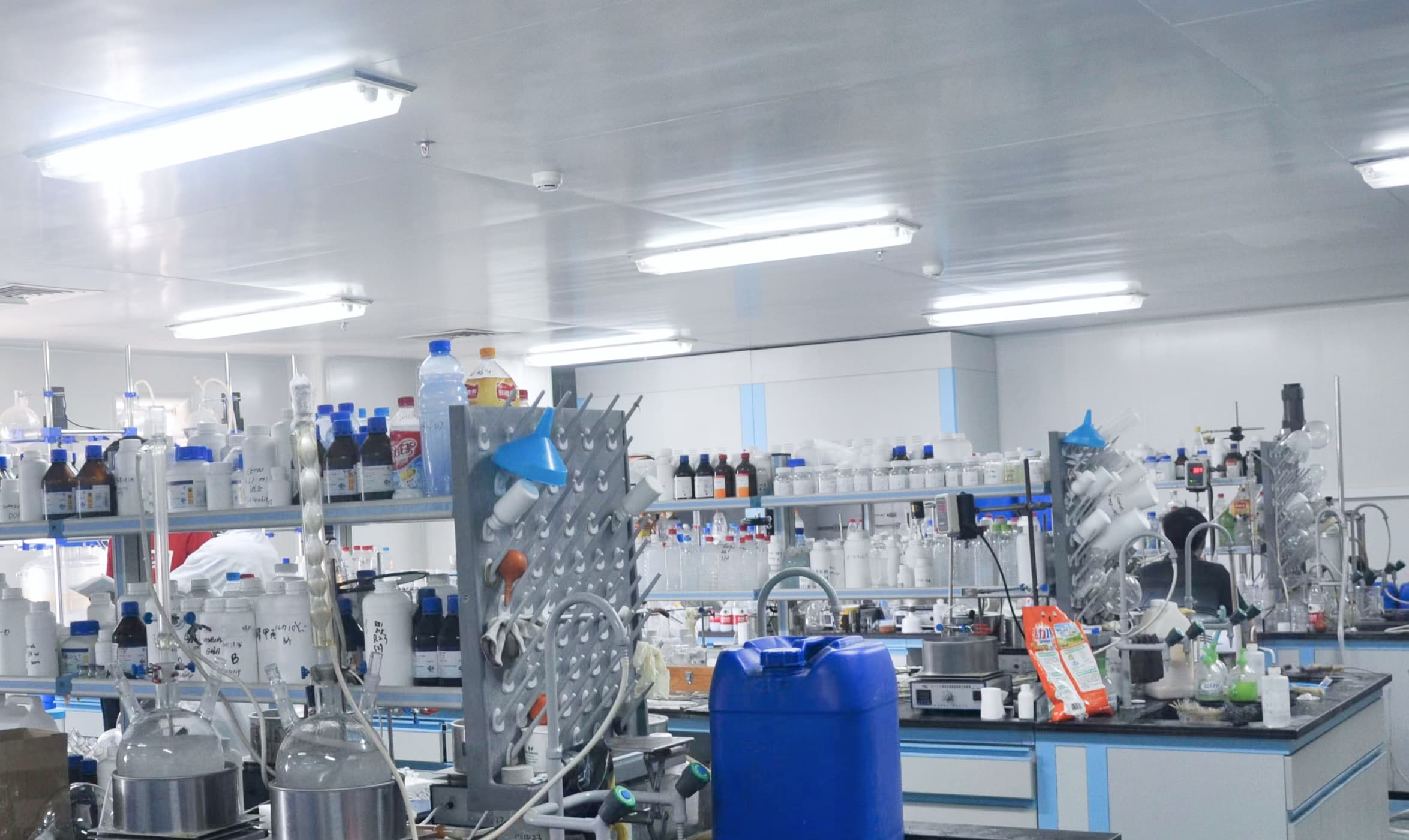

+86 27 8439 6550
+86 181 6277 0058
sales@cfsilanes.com
Optics Valley Bio-City
No. 666, Gaoxin Avenue
Hongshan District, Wuhan City

+86 27 8439 6550 | +86 181 6277 0058
sales@cfsilanes.com
Optics Valley Bio-City
No. 666, Gaoxin Avenue
Hongshan District, Wuhan City
Copyright © Hubei ChangFu Chemical Co., Ltd. All Rights





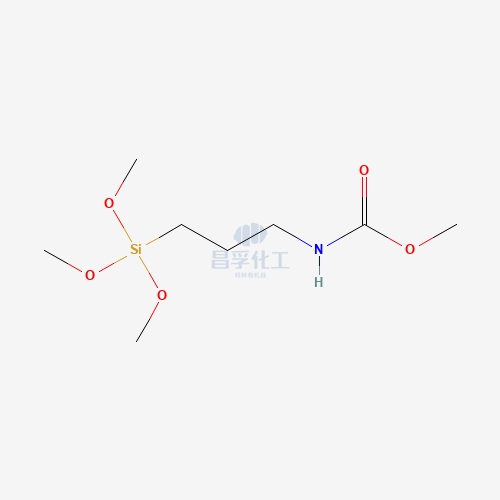
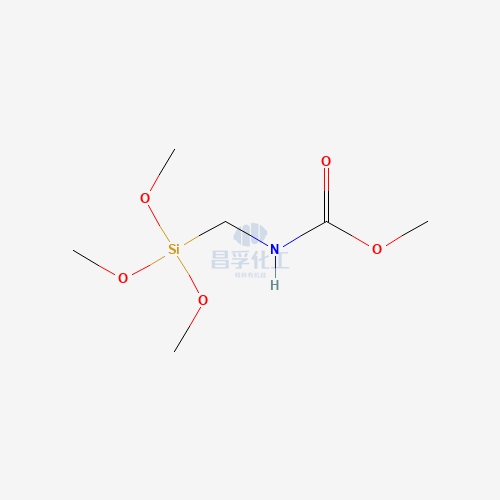
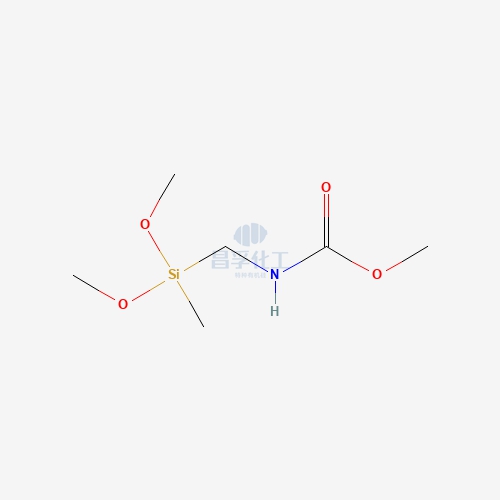
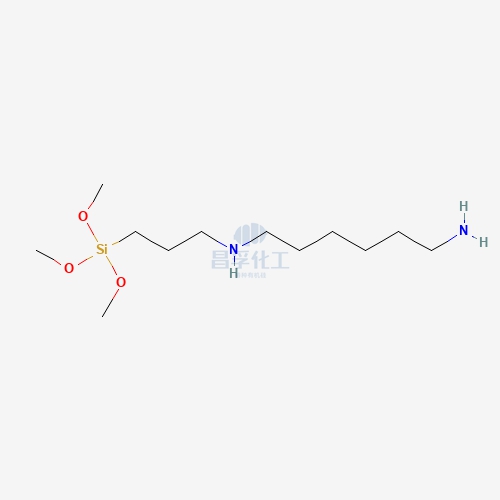
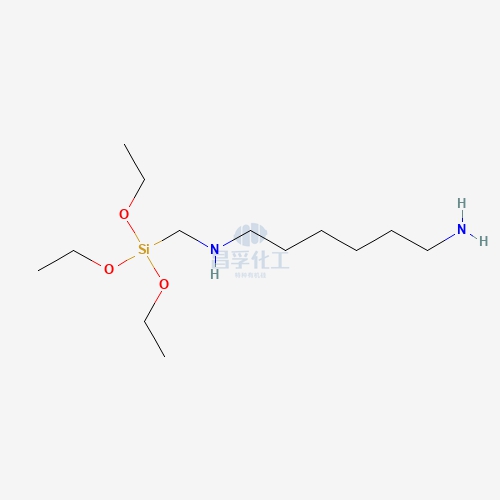
![N-[5-(Trimethoxysilylpropyl)-2-aza-1-oxopentyl]caprolactam CAS: 106996-32-1 106996 32 1 N-[5-(Trimethoxysilylpropyl)-2-aza-1-oxopentyl]caprolactam CAS: 106996-32-1 106996 32 1](https://cdn.yofishseo.com/1363882761272232/106996-32-1.jpg)
